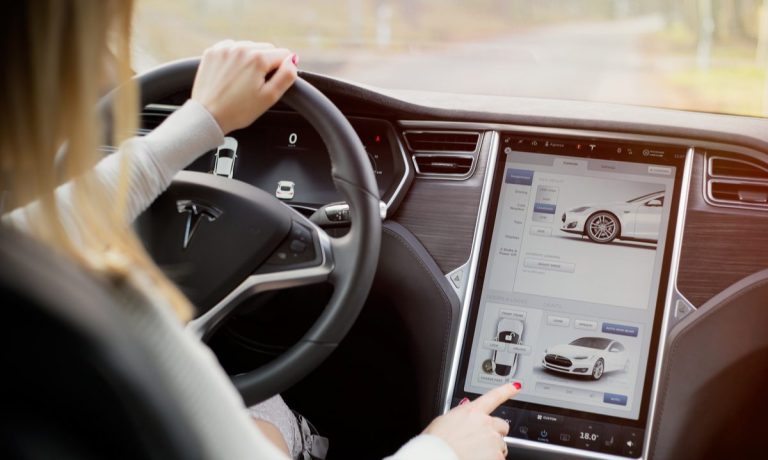BlackBerry reported Thursday (March 31) during its quarterly earnings call that a large and growing proportion of its QNX business, which includes embedded software for automotive applications, is made up of uses such as advanced driver assistance systems (ADAS), digital cockpits and autonomous drive.
“This now constitutes the largest part of the total business, overtaking infotainment,” BlackBerry Executive Chairman and CEO John Chen said during the call.
BlackBerry recorded 17 new auto design wins during the most recent quarter, the company reported. These include ADAS, digital cockpit and instrument cluster applications developed for automakers and Tier 1 suppliers. BlackBerry’s design activities include the professional services used by the customers to design BlackBerry’s QNX software into vehicles and other IoT end points.
OEM Interest in In-Car Payments
The company also reported it has received requests from OEMs to start proof-of-concept (POC) trials of BlackBerry IVY, the intelligent vehicle data platform co-developed with Amazon Web Services (AWS). When this technology is paired with ecosystem partners, it enables such use cases as enhanced predictions, intelligent recommendations and in-car payments.
Advertisement: Scroll to Continue
The requests from OEMs for POCs of IVY followed BlackBerry’s demonstration of the technology at the CES Show in January, Chen said.
“Car IQ in-vehicle payment and Electra’s AI-driven battery management application were both very well received by OEMs and are included in the IVY POCs,” Chen said.
Car IQ’s integration with IVY creates a “digital fingerprint” for the vehicle so that it can securely connect to banks, card payment networks and in-vehicle marketplaces, while Electra’s integration provides battery state-of-charge information and predicts the vehicle’s range, BlackBerry explained in a statement released during CES.
Auto Industry’s Challenges Expected to Improve
During the call, Chen also reported that the past quarter was the IoT business unit’s first $50 million-plus quarter since the start of the pandemic. At $52 million, the unit’s revenue for the quarter was up 21% from the previous quarter and up 37% from the same quarter the previous year.
The IoT business unit’s revenue had dipped earlier in the pandemic due to the ongoing challenges for the auto industry, including the chip shortage and other supply chain problems that have limited original equipment manufacturers’ (OEMs’) production of vehicles.
“However, the challenges for production remain,” Chen said. “Many OEMs have indicated continuous supply chain headwinds, particularly chip shortages, although they expect the situation to largely improve as the year progresses.”
Looking ahead, Chen said he expects the BlackBerry IoT business unit’s revenue for the year to grow 12% to 18% year-over-year. He attributed this in part to the backlog of professional services from design wins already awarded and the strong pipeline of potential new design wins in the coming year.
“The IoT business is executing well despite industry-level challenges, and we’re encouraged by the line of sight we have for the years to come,” Chen said.




